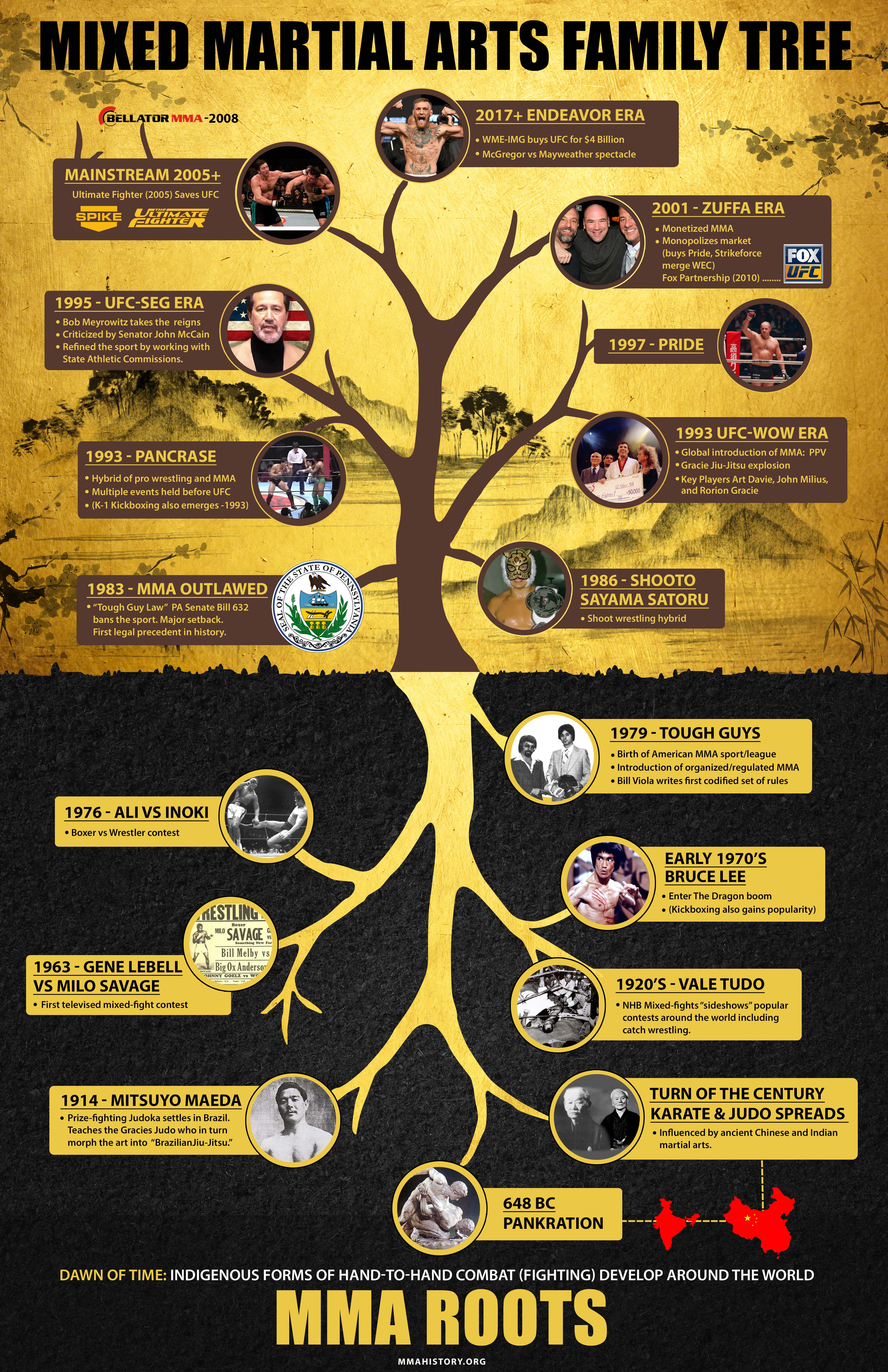Unveiling The Range Of Martial Arts Disciplines: A Guide From Martial Arts To Taekwondo
Unveiling The Range Of Martial Arts Disciplines: A Guide From Martial Arts To Taekwondo
Blog Article
Web Content Composed By-Borch Haastrup
Are you tired of feeling bewildered by the vast world of martial arts? With https://www.stgeorgeutah.com/news/archive/2022/04/30/jmr-hurricane-martial-arts-instructor-named-member-of-centuries-old-japanese-ninja-clan/ of styles to pick from, it can be simple to get shed in a sea of punches, kicks, and strange names. Yet fear not!
This conversation will debunk the various fighting styles styles, taking you on a journey from the powerful strikes of Karate to the vibrant kicks of Taekwondo. Prepare yourself to discover the beginnings, strategies, and viewpoints behind these ancient art forms.
So, tighten your belt and prepare to embark on an enlightening expedition into the fascinating globe of fighting styles.
Origins of Martial Arts Styles
The origins of fighting styles designs can be traced back to ancient human beings and their need for protection and fight strategies. Throughout background, different societies created their own unique approaches of battling, each with its own collection of methods and philosophies.
In China, for instance, martial arts styles such as Kung Fu and Tai Chi were established as a way of protection and enhancing physical and psychological well-being.
In Japan, the samurai warriors created designs like Karate and Judo, concentrating on self-control, accuracy, and mastery of the body.
In what is a grandmaster in martial arts , in Korea, Taekwondo became a martial art highlighting high kicks, quick movements, and mental perseverance.
when to learn martial arts laid the structure for the varied array of fighting styles designs that exist today, each with its own rich background and social importance.
Strategies and Educating Techniques
To grasp martial arts styles, experts must learn numerous strategies and training techniques.
how much is karate kid master the martial arts worth are the specific activities and activities utilized in fight, such as punches, kicks, tosses, and blocks. Various fighting styles styles have their own unique set of techniques that specialists have to understand via rigorous training.
Educating methods vary relying on the design, yet they typically entail a mix of physical fitness, drills, sparring, and forms.
Physical conditioning is vital to build stamina, flexibility, and endurance. Drills assist specialists refine their strategies and boost their speed and precision.
Competing enables professionals to exercise their strategies in a regulated, realistic environment. Forms, additionally referred to as kata, are deliberate series of motions that aid professionals create muscle memory and focus.
Approaches and Concepts
Checking out the approaches and principles of fighting styles designs can supply you with a deeper understanding of your chosen discipline. Each fighting style has its own one-of-a-kind approach and set of directing principles that form the method it's practiced.
As an example, Karate highlights self-control, respect, and self-discipline. It shows professionals to concentrate their minds and bodies, enabling them to protect themselves while preserving a sense of inner peace.
On the other hand, Taekwondo positions a solid focus on rate, agility, and adaptability. Its principles are rooted in the tenets of politeness, honesty, willpower, self-discipline, and indomitable spirit.
Final thought
Since you have actually explored the beginnings, methods, and ideologies of numerous martial arts styles, you have a deeper understanding of these old disciplines.
Visualize a young karate student, practicing with steadfast resolution and focus, appearing boards with an effective strike.
Their journey showcases the devotion and toughness needed to understand a fighting style, advising us that with technique and willpower, anything is feasible.
